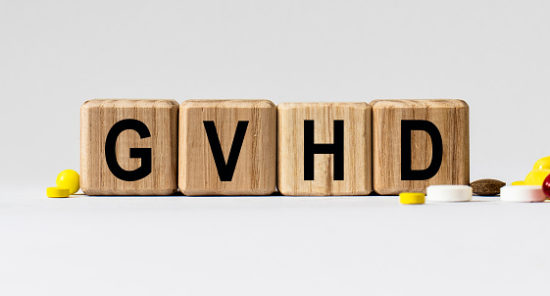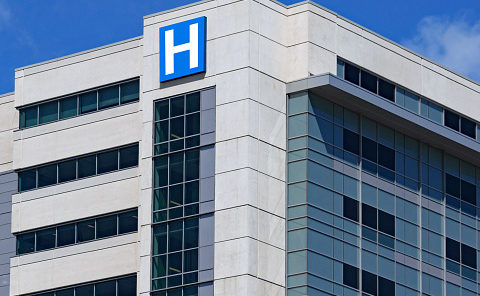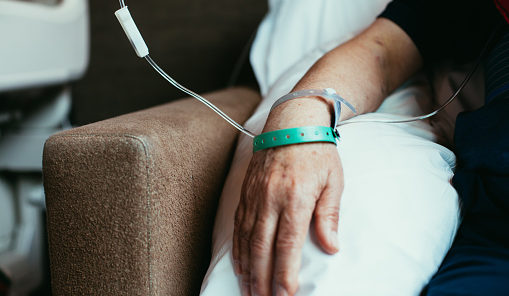A study published online in the Journal of Oncology Pharmacy Practice calculated economic outcomes of patients with relapsed/refractory multiple myeloma (RRMM) in the first year following treatment, utilizing real-world data.
“Real-world evidence on later line treatment of relapsed/refractory multiple myeloma is sparse,” the study authors wrote.
A total of 289 patients with RMM who were treated with pomalidomide or daratumumab between 2012 and 2018 were included. Patients were also previously treated with immunomodulatory drugs and proteasome inhibitors. In addition to analyzing treatment outcomes, the researchers also compared study participants to 1,445 matched controls with an MM diagnosis to evaluate economic outcomes between the two groups.
The median overall survival (OS) in the treatment cohort was 14.6 months. Mean time to new treatment was 4.7 months. The most common adverse events (AEs) were anemia, occurring in 72% of patients, and infection, occurring in 75% of patients.
Compared with the matched controls, patients with RRMM had nearly five times the total health care costs after one year of treatment (95% confidence interval, 3.8-6.4; P<0.0001). Pharmaceuticals accounted for 67.3% of costs faced by patients with RRMM. These patients also had significantly higher rates of hospitalization and physician visits compared with patients without MM (P<0.0001).
In conclusion, the authors wrote, “RRMM patients showed a high frequency of AEs, low OS, and a substantial economic burden suggesting need for effective treatment options.”
Credit: Original article published here.










